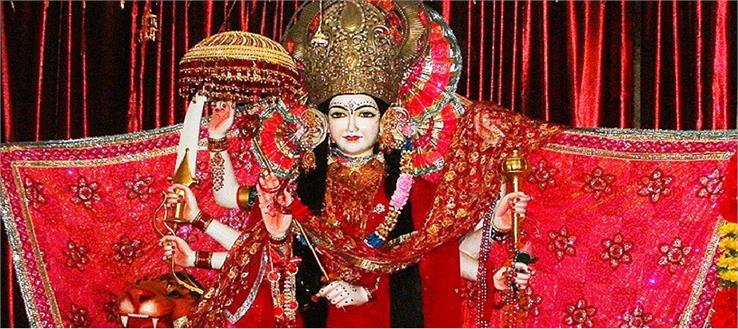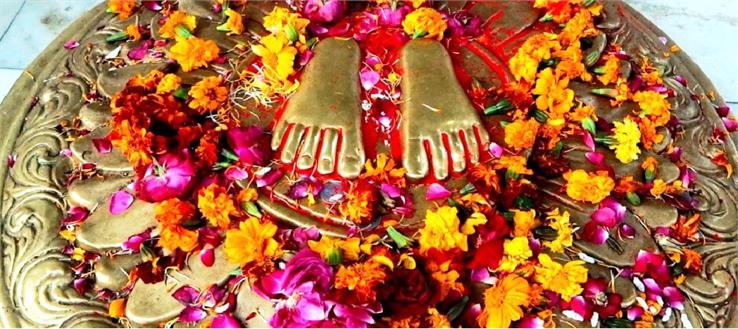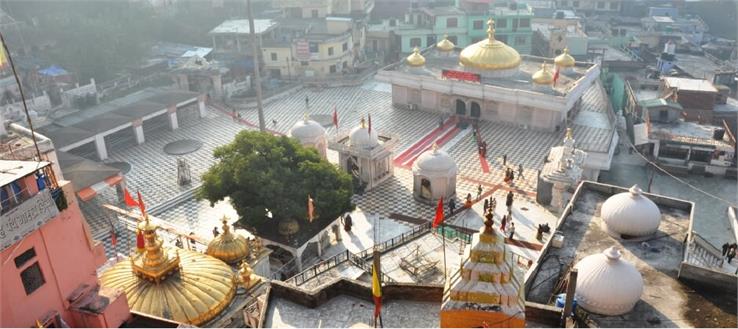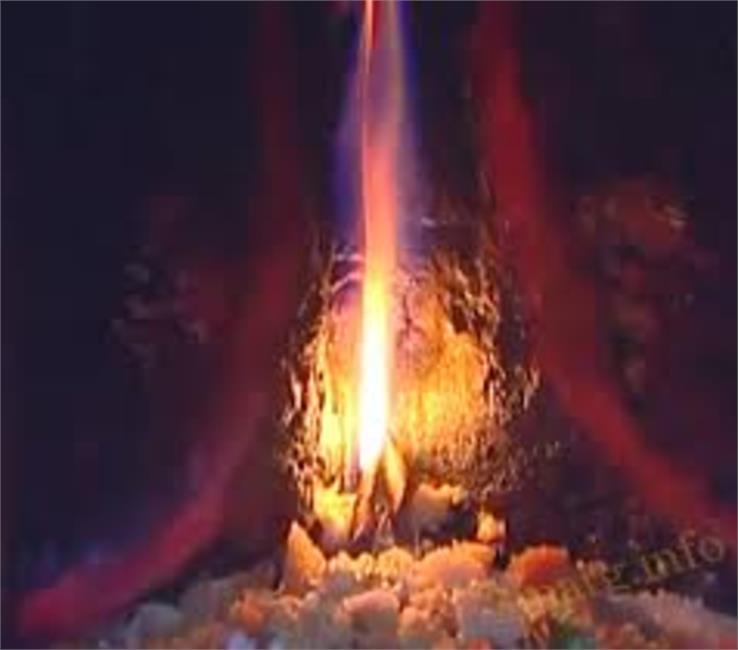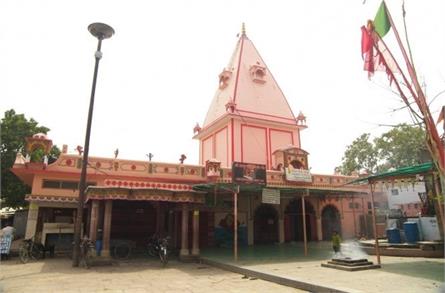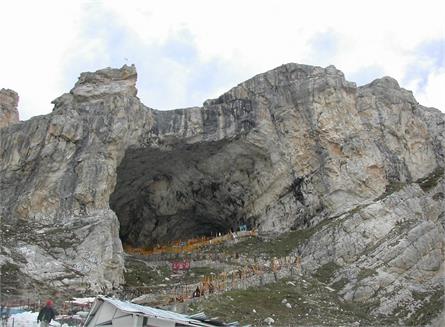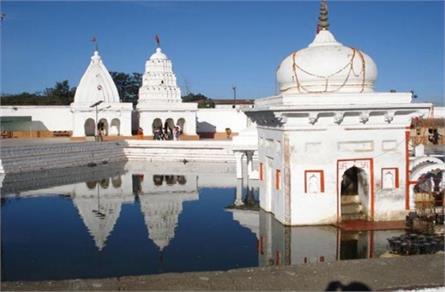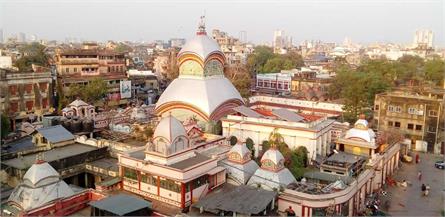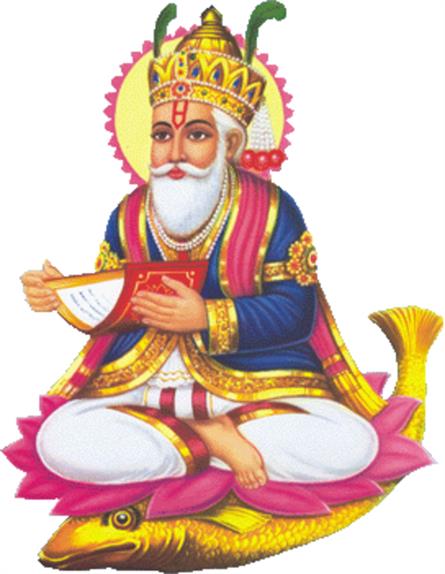Jwala Devi Temple - What is the belief here & Temple timings
Jwala Devi temple is one of the highly revered temples in India devoted to divine Shakti. Settled in the laps of Shivalik range of Kangra Valley ‘Kalidhar’, it is located in the Jwala Mukhi, Kangra district of Himachal Pradesh in India. It is one of the 51 Shakti Peethas of India where Goddess Sati’s tongue is believed to have fallen. According to folklore, it was the first-ever temple built by the Pandavas.

The temple is dedicated to Jwala Devi (a form of goddess) who is presiding in the form of flames. Owing to this fact, the goddess is also denoted as the 'Flaming Goddess'. The term ‘Jwala’ means flame in Sanskrit, hence the physical manifestation of Jwala Ji is always a set of eternal flames.
What history says?
In accordance with the Hindu mythology, once the demons dominated the Himalayan Mountains and troubled the gods. Led by Lord Vishnu, the gods came to a decision to destroy them and put an end. They drove their strength together, which resulted in huge flames emerging out from the ground. A young girl took birth from that fire who is regarded as Adi Shakti. She is the epitome of active energy that can create, preserve and devastate the entire universe.
Also Read: The Belief of Celebration of Sindhi Festival
The divine Shakti took birth to the King Prajapati Daksha as Devi Sati and later married Lord Shiva after worshipping him with utmost faith. Once her father disgraced Lord Shiva, which enraged her severely, and she immolated herself in the fire. When Lord Shiva heard about Sati’s death, his rage knew no limits and rendered a terrible ‘Tandava’ or dance of destruction. He even started wandering around the three worlds holding Sati’s body. The Gods requested Lord Vishnu to calm Shiva and reinstate him to normalcy. Lord Vishnu used his Sudarshana Chakra and cut the lifeless body into 51 pieces, which fell on earth at different places. These 51 places are recognized as ‘Shakti Peethas’ that came into being and are serving as holy shrines today. It is said that the tongue of the goddess Sati fell at Jawalaji, and she is established as the tiny flames that burn flawless blue.

Further, in ancient times, there is an interesting story that belongs to the construction of this temple. Once a cowherd discovered that one of his cows always remained with no milk. He then chased the cow to know the actual reason behind the same. To his astonishment, he saw a girl coming out of the dense forest who drank the milk of the cow and disappeared like a whirlwind. Later, he revealed the entire story to the king, who was aware of the fact that Sati’s tongue had fallen in the area. However, he could not be able to find the exact spot. After a few years, the cowherd informed the king about the sight of flame burning in the mountains. Finally, the king had darshan and found the right spot where he erected the temple. He made further arrangements and engaged priests in regular worship of the Goddess Shakti. It is said that Rajanaka Bhumi Chand was the one who first constructed the temple. Furthermore, it is anticipated that the Pandavas came later and restored the temple, which is also indicated in the folk song ‘Panjan Panjan Pandavan Tera Bhawan Banaya’ (Five Pandavas had built your mansion).
As per the legend, the Mughal Emperor Akbar had a strong belief in this holy shrine. Once, his army of men tried to snuff out the flames by covering them with an iron disk and even poured water on them. Although all the efforts went into vain while flames blasted rigorously. He afterward offered a golden parasol (chhattar) at the temple after witnessing the miracle. On the other hand, his cynicism at the power of Devi caused the gold to debase into another metal which is still unidentified in the world. His belief in the deity was all the more strengthened after this incident. The holy place of worship has huge recognition, and thousands of pilgrims visit every year to fulfill their spiritual urge.
Also Read: Shikari Devi
Infrastructure
Jwalamukhi Mandir stood beside a cliff on a wooden platform in the Indo-Sikh style of architecture. The building is modern with a gold dome, pinnacles and possesses a beautiful folding door of silver plates. There is a huge brass bell in front of the main shrine that was presented by the King of Nepal.

Inside the temple, there is a pit where several flames are burning. The temple has no idol and the Goddess is considered to be residing in the form of these flames. The temple has nine eternal flames that are represented as Maa Chandi, Mahakali, Hing Laj, Annapurna, Mahalakshmi, Vindhya Vasini, Ambika, Saraswati, and Anjana respectively. The blue flames are coming out from the fissures in the ancient rock.
There are several small shrines, including Gorakh Dibbi and Chaturbhuj Temple, inside the temple complex.
More Information about the Temple
Address
Jawala Ji Temple Road, Jawalamukhi, Himachal Pradesh 176031
Schedule of the temple
| Summer Timings | Winter Timings | |
| Temple Opening Time | 5 AM | 6 AM |
| Mangal Aarti | 5 AM to 6 AM | 5 AM to 6 AM |
| Panj Upchar Pujan | After Mangal Aarti | After Mangal Aarti |
| Bhog Ki Aarti | 11 AM to 12 PM | 11 AM to 12 PM |
| Evening Aarti | 7 PM to 8 PM | 6 PM to 7 PM |
| Shaiyan Ki Aarti | 9 PM to 10 PM | 8 PM to 9 PM |
| Temple Closing Time | 10 PM | 9 PM |
The Shaiyan Aarti brings uniqueness when carried out at the temple before bedtime. The bed of the deity is embellished with beautiful dresses and heavy ornaments during the ritual. The prayer is done in two parts, the first part is executed in the main temple and the other one is done in the Sejabhawan where shlokas from ‘Saundarya Lahri’ by Shri Shankracharya are recited.
Special occasions
The Jwalamukhi Devi Temple organizes fair (mela) twice a year on the occasion of Navratri in the months of Chaitra (March-April) and Ashwin (September-October).
Other temples to see around
Mata Tara Devi Temple
Just located a hill above the Jwala Ji Temple, Tara Devi Temple comes under the same area of Jwala Ji. There are about 100 stairs from the back gate of the Jwala Devi shrine that takes to the holy place of Mata Tara Devi. Once reaching its top, it gives the most beautiful and mesmerizing views of the town and surrounding hills.
Mata Ashtabhuja Temple
This ancient temple of Mata Ashtabhuja is dedicated to the Goddess Shakti in the form of Maa Ashtabhuja. The temple has a deity of eight-armed Goddess with other smaller shrines. ‘Ashta’ denotes eight, and ‘Bhuja’ means arms that is why it is called Ashtabhuja (Goddess with eight arms). The locals believe that whosoever pray here with strong faith, never goes empty hands.
Shri Raghunath Ji Temple
Shri Raghunath Ji Temple is also known as ‘Teda Mandir’ as it does not stand still due to the earthquake of 1905. It is believed that Lord Rama, Laxman, and Sita Ji stayed here during their exile for 14 years. This temple is situated on a hill above the Jwala Devi shrine and is at a distance of 3 km. One can access the temple from Tara Devi Mandir.
Nagini Mata Temple
Nagini Mata Temple is positioned on the same road where Shri Raghunath Temple is situated. It is a famous temple where a beautiful fair is organized every year in July/August. It is 4 km away from the Jwala Ji.
Arjun Naga Temple
Right adjacent to Jwala Ji Temple, Arjun Naga Temple can be reached by climbing 200 stairs starting from the front gate of the Jwala Mandir.
How to reach Jwala Ji
As we have mentioned above that the Temple of Jwala Devi is situated in the district of Kangra which is easily accessible through various modes of transport:
By Air
Kangra airport is the nearest airport situated in Gaggal, Himachal Pradesh at a distance of approximately 50 km from the temple. Other airports like Shimla Airport and Chandigarh Airport are present at about 190 km and 210 km, respectively. Cabs, state-owned buses, and private buses are operated at regular intervals to reach the destination.
By Train
Jwalamukhi Road Railway Station is the nearest narrow-gauge railhead to the extent of around 21 km from the temple. Pathankot is the nearest broad-gauge located at a distance of about 112 km.
By Road
Well-maintained roads are connecting the temple from the capital city Delhi, Chandigarh, and Dharamshala. State-owned and private bus services are available from all the important cities of Punjab, Uttarakhand, Haryana, New Delhi, and Jammu and Kashmir. One can also hire a cab or taxi to reach the place.
The distance from the major cities of North India are as follows:-
Delhi: ∼430 Km
Chandigarh: ∼200 Km
Manali: ∼230 Km
Pathankot: ∼110 Km
Shimla: ∼183 Km
Dharamshala: ∼55 Km
Hoshiarpur: ∼76 Km
Jammu: ∼220 Km
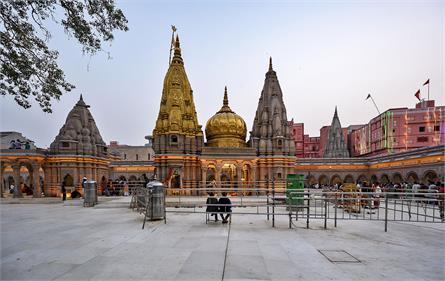
"Sacred Heaven on Earth -…
Welcome to the sacred realm of Kashi Vishwanath, a divine sanctuary that…
read more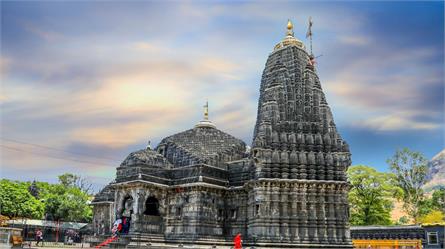
Visit Trimbakeshwar Temple The…
If you are a devotee of Lord Shiva, you might have heard of the 12…
read more
Baidyanath Temple: A Divine…
Are you looking for a spiritual getaway that will fill your soul with peace…
read more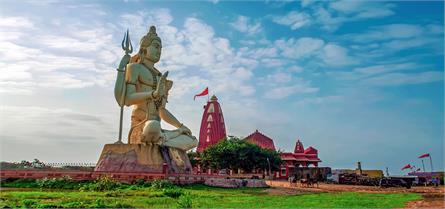
Come And Experience The Divine…
Nageshwar Jyotirlinga is one of the 12 Jyotirlingas, the most sacred…
read more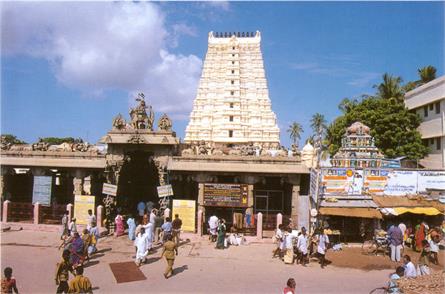
Feel The Divine Energy of Lord…
If you are looking for a spiritual getaway that combines history, culture…
read more

